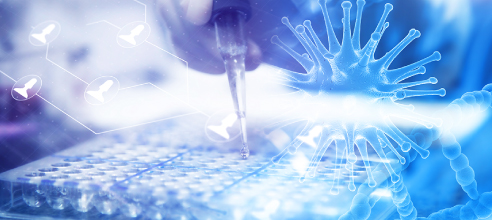Aerospace Robotics Market Strategies by Top Key Vendors till 2031
With global aerospace production becoming increasingly
complex and accurate, automation has never been more imperative. Robotics is
now a core support in the aerospace
sector, assisting manufacturers in simplifying production, enhancing quality,
and minimizing operational hazards. The market for aerospace robotics is
increasingly gaining momentum, fueled by the quest for efficiency, safety, and
innovation in both commercial aviation and space exploration.
With airplanes and spacecraft made up of thousands of
complex pieces, conventional manufacturing techniques often can't keep up with
the production schedules and quality demanded in today's marketplace. Aerospace
robotics fills the gap, providing accuracy, precision, and 24/7 production —
primary considerations for competitiveness in a high-stakes business.
Key Drivers of Growth
A number of key trends are powering robotics in
aerospace:
Complex Assembly Requirements: Aircraft structures encompass
high-precision tasks like drilling, fastening, sealing, and welding. These can
be performed by robots with unparalleled accuracy, minimizing the incidence of
errors and rework.
Growing Demand for Aircraft: With air travel picking up
globally and airlines upgrading fleets for improved fuel efficiency, production
needs to pick up pace. Robotic automation plays an important role in scaling
production without compromising on quality.
Technological Advances in Space Exploration: Space programs
are being funded by governments and private sectors alike. Whether it is
assembling satellites or building space vehicles, robotics plays a crucial role
in managing components which need micro-precision in a cleanroom.
Emphasis on Worker Safety and Ergonomics: Aerospace
manufacturing involves working with heavy equipment and dangerous chemicals.
Robots minimize exposure of humans to these hazards as they perform
labor-intensive and risk-prone activities.
Increasing Labor Rates and Shortage of Skilled Labor: For
most nations, it is growing harder to locate skilled technicians needed for
precise aerospace work. Automation of repetitive, technically demanding
functions by robotics aids in this deficiency.
Market Segmentation
By Type
·
Articulated
·
Cartesian
·
Cylindrical
·
SCADA
By Technology
·
Traditional
·
Collaborative
By Application
·
Drilling
·
Welding
·
Painting and Coating
·
Inspection
Key Players
·
ABB Ltd.
·
FANUC
·
Kawasaki Heavy Industries,
Ltd.
·
Universal Robots
·
Infosys
·
JR Automation
·
Agile Robots
·
Maxar Technologies
·
Reliable Robotics
Geography
·
North America
·
Europe
·
Asia-Pacific
·
South and Central America
·
Middle East and Africa
Challenges in Implementation
While its advantages notwithstanding, implementing
robotics in aerospace is not without challenges:
High Upfront Cost: Robotic systems, their installation,
maintenance, and integration may be expensive.
Complexity in Customization Requirements: Aerospace parts
tend to be special and necessitate specially adapted robotic solutions,
prolonging development time and expenses.
Training and Skill Gaps: Companies have to spend on training
personnel to operate and maintain sophisticated robotics systems, slowing down
implementation.
Integration with Legacy Systems: Several aerospace
facilities have older equipment that might not be compatible with emerging
automation technologies, necessitating further upgrades.
Outlook and Conclusion
The aerospace robotics industry is set to experience dramatic change driven by the need for greater productivity, accuracy, and safety in aerospace operations. As aircraft designs become more sophisticated and space missions more ambitious, robotics will play the key role in addressing performance requirements and time-to-market objectives.
In the future, the combination of artificial intelligence,
machine learning, and real-time analytics will be used to further improve the
abilities of aerospace robots. These technologies will allow for more
intelligent systems that can adapt to design changes and optimize processes on
their own.
Finally, aerospace robotics is not just about labor
replacement; it's about enhancing human capability and redefining what's
possible in the sky and beyond. As the industry continues to innovate and
extend boundaries, robotics will continue to be a critical enabler of progress,
innovation, and long-term competitiveness.
- Like
- Reply
-
Share
About Us · User Accounts and Benefits · Privacy Policy · Management Center · FAQs
© 2025 MolecularCloud



